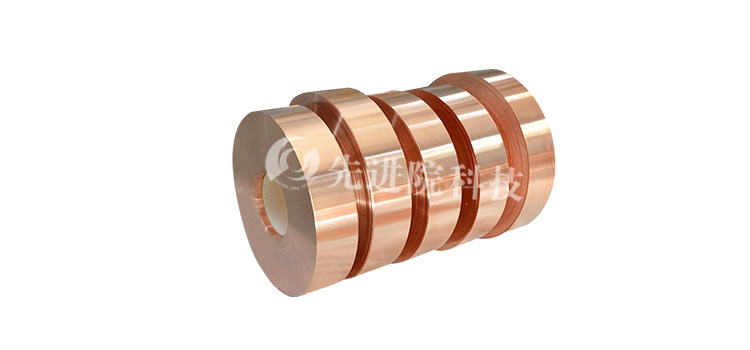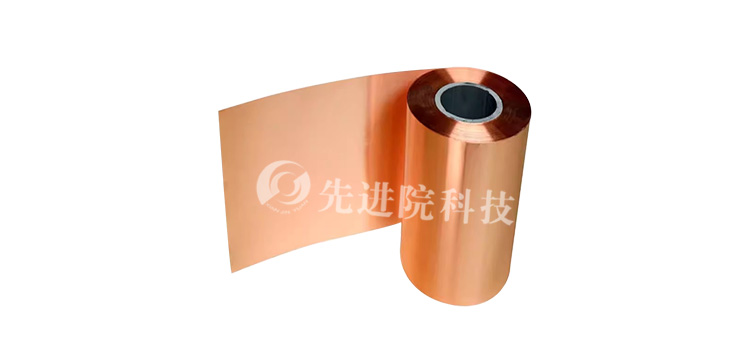In order to adapt to the increasing multifunctionality and high performance of electronic devices such as mobile phones and digital cameras in recent years, more and more people are using them
Flexible Printed Circuit Board (FPC)It is natural for this FPC to be used for connection functions mainly based on simple electrical connections, as it requires high-density installation suitable for high-speed signal processing and excellent high-frequency characteristics. In addition, FPC has attracted attention as a high-density packaging material for traditional TAB and other materials, and in recent years, the demand for COF that adapts to high-density is expanding.
One of the flexible boards used in FPC is traditional rolled copper, which has better elongation and bending resistance than rolled copper
Electrolytic copper foilHowever, the manufacturing of rolled copper foil is limited by mechanical constraints, making it difficult to produce rolled copper with a width of more than 1 meter. There are also issues with controlling the thickness of thin copper foil in rolled copper foil.
FPC copper foilThe characteristics required include adhesion to resin, heat resistance, chemical resistance, and flexural resistance. Rolled copper foil is used for the bonding strength of FPC copper foil, forming "roughening treatment" of copper or copper alloy coarsening particles, and coating various metals with heat resistance, chemical resistance, and oxidation resistance, or improving the wettability with resin, giving chemical bonding strength, and performing "surface treatment" of organic treatment.

Let's learn what FPC is:
1、 What is FPC
Flexible circuit board is a highly reliable and excellent flexible printed circuit board made of polyimide or polyester film as the substrate. Abbreviated as Soft Board or FPC.
Features: It has the characteristics of high wiring density, light weight, and thin thickness; Mainly used in mobile phones, laptops PDA、 Many products such as digital cameras and LCMs.
The conductive pattern layer on the flexible insulating substrate surface has a layer of chemically etched conductive pattern
Rolled Copper FoilThe insulating substrate can be polyimide, polyethylene terephthalate, aramid fiber ester, and polyvinyl chloride. Single layer FPC can be divided into the following four subcategories:
1. Single sided connection without covering layer
The wire pattern is on an insulating substrate, with no covering layer on the surface of the wire. Its interconnection is achieved through soldering, welding, or pressure welding, commonly used in early telephones.
2. Single sided connection with covering layer
Compared to the previous category, it only has an additional layer of cover on the surface of the wire. When covering, the solder pads need to be exposed, and it is simple to leave them uncovered in the end area. It is the most widely used and widely used single-sided flexible PCB, used in automotive instruments and electronic devices.
3. Double sided connection without covering layer
The connection pad interface can be connected on both the front and back of the wire. A via hole is opened on the insulating substrate at the solder pad, which can be punched, etched, or made by other mechanical methods at the desired position on the insulating substrate.
4. Double sided connection with covering layer
Different from the previous category, there is a covering layer on the surface with via holes, allowing both sides to be terminated while still maintaining the covering layer. It is made of two layers of insulating material and one layer of metal conductor.
 The double-sided FPC has a conductive pattern etched on both sides of the insulating base film, increasing the wiring density per unit area. Metallized holes connect the patterns on both sides of the insulating material to form conductive pathways, meeting the design and functional requirements for flexibility. And the covering film can protect single and double-sided wires and indicate the position of component placement. According to demand, metalized holes and cover layers are optional, and this type of FPC is less commonly used.
Multilayer FPC is the process of laminating three or more layers of single-sided or double-sided flexible circuits together, forming metalized holes through drilling and electroplating, and creating conductive pathways between different layers. In this way, there is no need to use complex welding processes. Multilayer circuits have significant functional differences in terms of higher reliability, better thermal conductivity, and more convenient assembly performance.
Its advantages are that the substrate film is lightweight and has excellent electrical properties, such as low dielectric constant. A multi-layer flexible PCB board made of polyimide film as the substrate is about one-third lighter in weight than a rigid epoxy glass cloth multi-layer PCB board, but it loses the excellent flexibility of single-sided and double-sided flexible PCBs, and most of these products do not require flexibility. Multilayer FPC can be further divided into the following types:
1. Flexible insulation substrate finished product
This type is made on a flexible insulating substrate, and its finished product is specified to be flexible. This structure typically involves bonding the two ends of many single-sided or double-sided microstrip flexible PCBs together, but the central portion is not bonded together, resulting in high flexibility. In order to have high flexibility, a thin and suitable coating such as polyimide can be used on the wire layer instead of a thicker laminated cover layer.
2. Finished product of soft insulation substrate
This type is made on soft insulating substrates, and the finished product is not specified to be flexible. This type of multi-layer FPC is made by laminating soft insulation materials, such as polyimide film, into multi-layer boards, which lose their inherent flexibility after lamination.
The double-sided FPC has a conductive pattern etched on both sides of the insulating base film, increasing the wiring density per unit area. Metallized holes connect the patterns on both sides of the insulating material to form conductive pathways, meeting the design and functional requirements for flexibility. And the covering film can protect single and double-sided wires and indicate the position of component placement. According to demand, metalized holes and cover layers are optional, and this type of FPC is less commonly used.
Multilayer FPC is the process of laminating three or more layers of single-sided or double-sided flexible circuits together, forming metalized holes through drilling and electroplating, and creating conductive pathways between different layers. In this way, there is no need to use complex welding processes. Multilayer circuits have significant functional differences in terms of higher reliability, better thermal conductivity, and more convenient assembly performance.
Its advantages are that the substrate film is lightweight and has excellent electrical properties, such as low dielectric constant. A multi-layer flexible PCB board made of polyimide film as the substrate is about one-third lighter in weight than a rigid epoxy glass cloth multi-layer PCB board, but it loses the excellent flexibility of single-sided and double-sided flexible PCBs, and most of these products do not require flexibility. Multilayer FPC can be further divided into the following types:
1. Flexible insulation substrate finished product
This type is made on a flexible insulating substrate, and its finished product is specified to be flexible. This structure typically involves bonding the two ends of many single-sided or double-sided microstrip flexible PCBs together, but the central portion is not bonded together, resulting in high flexibility. In order to have high flexibility, a thin and suitable coating such as polyimide can be used on the wire layer instead of a thicker laminated cover layer.
2. Finished product of soft insulation substrate
This type is made on soft insulating substrates, and the finished product is not specified to be flexible. This type of multi-layer FPC is made by laminating soft insulation materials, such as polyimide film, into multi-layer boards, which lose their inherent flexibility after lamination.






